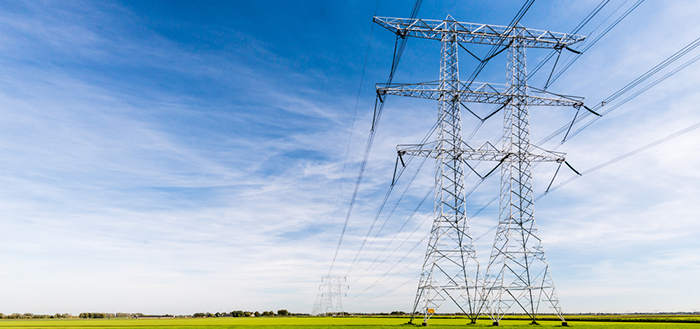S. 869 – All-of-the-Above Federal Building Energy Conservation Act of 2015

S. 869 – All-of-the-Above Federal Building Energy Conservation Act of 2015
Originally introduced in June 2013, the All-of-the-Above Federal Building Energy Conservation Act of 2015 (S. 869) was re-introduced in the U.S. Senate by Sen. John Hoeven (R-N.D.) on March 26, 2015. Most recently, several provisions were included in Sections 1015, 1016 and 1017 of S. 2012, the Senate’s comprehensive energy bill, and Sections 3116 and 3117 of H.R. 8, the House’s comprehensive energy bill.
Summary
This bill would improve energy performance standards in federal buildings and create a certification system for green buildings. Specifically, it would repeal Section 433 of the Energy Independence and Security Act of 2007, which currently requires federal buildings that are new or are being renovated to achieve progressively larger reductions in fossil fuel use until they have achieved 100% reduction by 2030.
Energy Performance Standards
Agencies would apply energy conservation measures to their federal buildings to reduce the energy consumption per gross square foot in FY 2006 through 2017 compared to that in FY 2003. Buildings that carry out energy intensive activities may be excluded. Based on the results of these standards, the Secretary of Energy would determine if requiring agencies to continue reducing energy consumption per gross square foot by 3 percent compared to the previous fiscal year would be feasible. Unless otherwise excluded, every facility would be evaluated at least once every four years by an energy manager. Energy managers could then implement any energy- or water-saving measure identified as life-cycle cost effective.
Federal buildings would have to meet or exceed the most recent version of the International Energy Conservation Code or ASHRAE Standard 90.1, or state and local codes, if they are more stringent. New and renovated federal buildings would also have to achieve energy consumption levels at least 30 percent below the applicable code or standard (unless demonstrated to not be life-cycle cost effective), with sustainable design principles applied to all aspects of construction or modification. These standards would apply to water conservation technologies as well if water is used to achieve energy efficiency.
Green Building Certification System
Certification systems would be those most likely to encourage a comprehensive and environmentally sound approach to certifying green commercial and residential buildings. The Secretary would assess each part of a system fairly, using generally accepted scientific environmental and health criteria. Parts of systems that meet the review criteria could be used, excluding the rest, unless an excluded part impedes the integrated use of the system, creates disparate review criteria, or increases agency costs of the use.
Federal agencies could develop internal certification processes using certified professionals. These requirements would apply to any determination made after December 31, 2015, and to any use of a certification system on or before December 31, 2015. Once every five years, the Secretary would review and upgrade these standards to include all new technologically feasible and economically justified energy efficiency and renewable energy measures if significant energy savings would result.
STAY EMPOWERED
Help the Alliance advocate for policies to use energy more efficiently – supporting job creation, reduced emissions, and lower costs. Contact your member of Congress.
Energy efficiency is smart, nonpartisan, and practical. So are we. Our strength comes from an unparalleled group of Alliance Associates working collaboratively under the Alliance umbrella to pave the way for energy efficiency gains.
The power of efficiency is in your hands. Supporting the Alliance means supporting a vision for using energy more productively to achieve economic growth, a cleaner environment, and greater energy security, affordability, and reliability.



